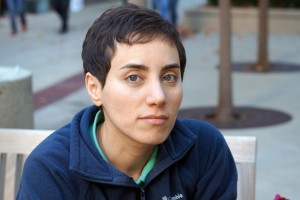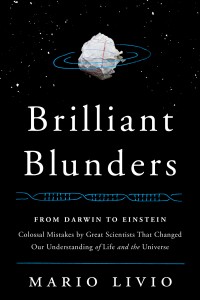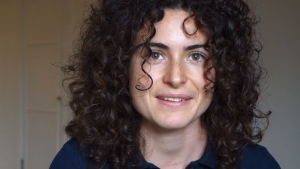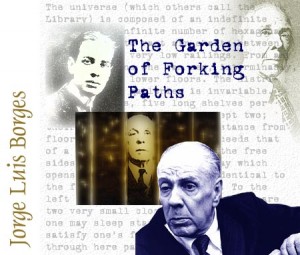Maryam Mirzakhani has died today. She was 40 years old. From Stanford News: “A self-professed “slow” mathematician, Mirzakhani’s colleagues describe her as ambitious, resolute and fearless in the face of problems others would not, or could not, tackle. She denied herself the easy path, choosing instead to tackle thornier issues. Her preferred method of working on a problem was to doodle on large sheets of white paper, scribbling formulas on the periphery of her drawings. Her young daughter described her mother at work as “painting.” “You have to spend some energy and effort to see the beauty of math,” she told one reporter. In another interview, she said of her process: “I don’t have any particular recipe [for developing new proofs] … It is like being lost in a jungle and trying to use all the knowledge that you can gather to come up with some new tricks, and with some luck you might find a way out.”
In her honor, I am reposting a 2014 post from this blog. Sources: Wikepedia. Article on Maryam Mirzakhani in the Guardian. Article and video in Quanta Magazine.
 Jordan Ellenberg‘s popular explanation of what earned Mirzakhani the Fields Medal in 2014: “… [Her] work expertly blends dynamics with geometry. Among other things, she studies billiards. But now, in a move very characteristic of modern mathematics, it gets kind of meta: She considers not just one billiard table, but the universe of all possible billiard tables. And the kind of dynamics she studies doesn’t directly concern the motion of the billiards on the table, but instead a transformation of the billiard table itself, which is changing its shape in a rule-governed way; if you like, the table itself moves like a strange planet around the universe of all possible tables … This isn’t the kind of thing you do to win at pool, but it’s the kind of thing you do to win a Fields Medal. And it’s what you need to do in order to expose the dynamics at the heart of geometry; for there’s no question that they’re there.”
Jordan Ellenberg‘s popular explanation of what earned Mirzakhani the Fields Medal in 2014: “… [Her] work expertly blends dynamics with geometry. Among other things, she studies billiards. But now, in a move very characteristic of modern mathematics, it gets kind of meta: She considers not just one billiard table, but the universe of all possible billiard tables. And the kind of dynamics she studies doesn’t directly concern the motion of the billiards on the table, but instead a transformation of the billiard table itself, which is changing its shape in a rule-governed way; if you like, the table itself moves like a strange planet around the universe of all possible tables … This isn’t the kind of thing you do to win at pool, but it’s the kind of thing you do to win a Fields Medal. And it’s what you need to do in order to expose the dynamics at the heart of geometry; for there’s no question that they’re there.”
One of 10 people who mattered this year in science: Nature, volume 516, issue 7531, 17 December 2014. 2017 obituary in the New Yorker.







